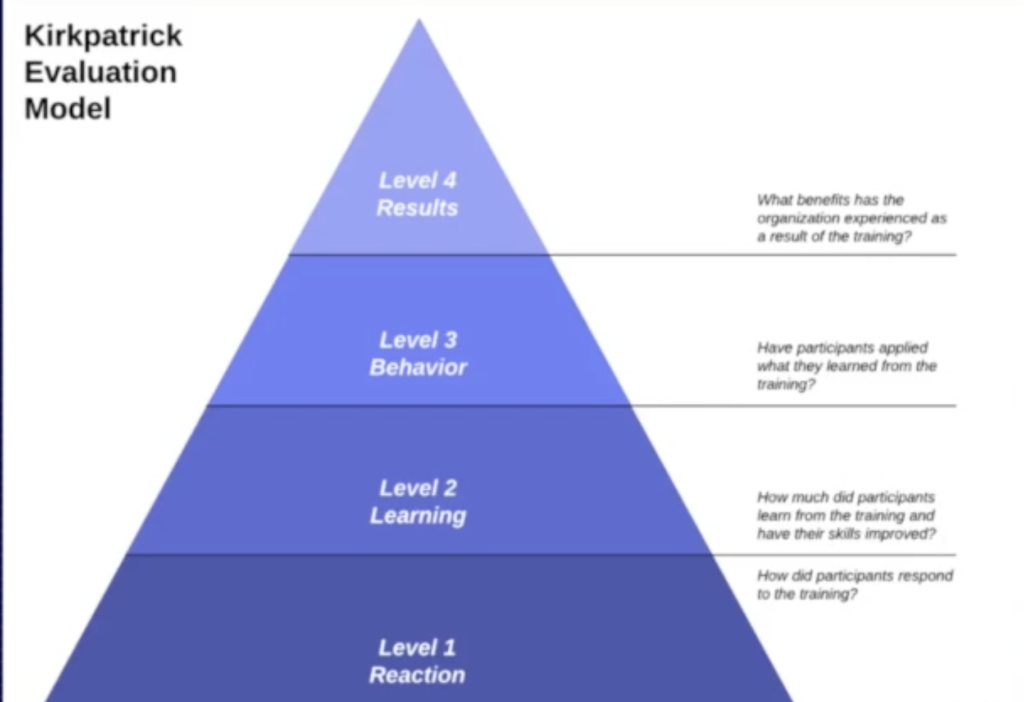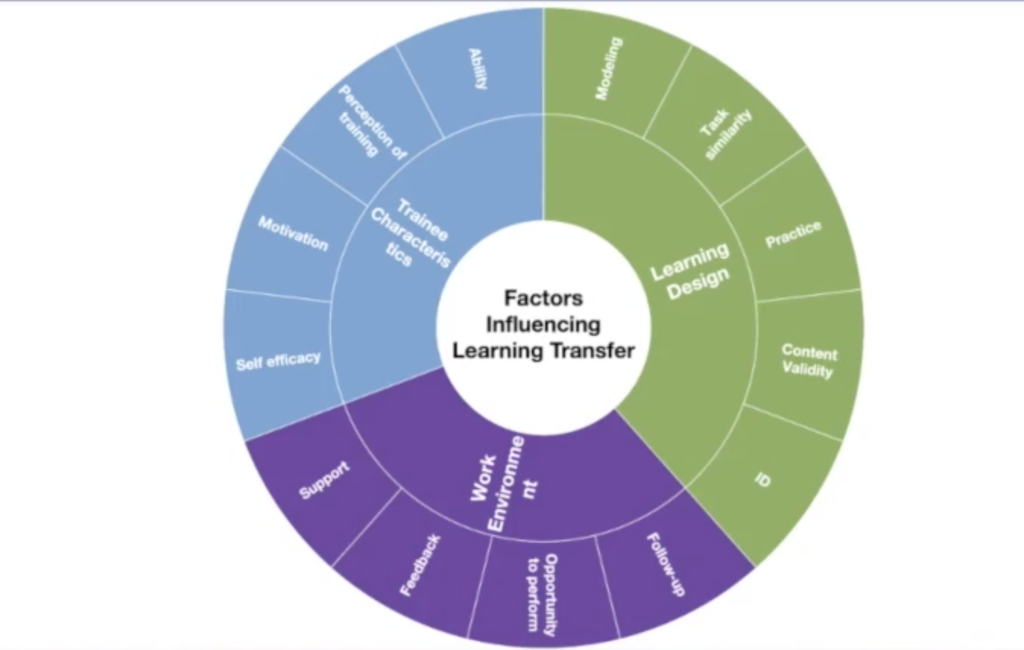According to Gartner, enterprise software spending is close to $500B in 2021. In spite of this, McKinsey found that 70 per cent of digital transformation projects fail. Employee resistance is cited as one of the key factors. During the session, our special guest Fergal Connolly(Meta) along with Prakhar Jain(Whatfix) will share their experiences about how companies can enable ‘learning transfer’ the right way to bridge technology skill gaps.
Most of us are familiar with this expression, and some are not, but everyone has experienced learning transfer in the recent past. Think about all of the learning we did in the last year, we all definitely did a lot of it. You may be doing more self-directed activities like reading books and doing more informal things. Perhaps you’re enrolled in certain courses, such as LinkedIn Learning, Coursera, or Udemy.
Consider the amount of time we spent learning in the previous year. We have spent all that time honing our skills and expanding our knowledge to do something, but what is it that we want to perform more effectively? And how much of that new behaviour are we truly putting into practice? Learning transfer is what it is. It’s about translating our knowledge into better behaviour.

Learning transfer is not just providing information, it’s more about making people make use of the information and act on it. If providing people with more information led to them solving their problems, then the internet would have solved every problem that exists. You would not have had any financial difficulties, you would not have had any relationship issues because there is an internet page, an internet forum, and you would apply what you learned, and everything would have been simple. When it comes to learning transfer, though, there’s a lot more to consider.
In an enterprise, when you shift the learning environment to the performance context, things get different over there, there’s less support, and you don’t have our facilitator anymore. You also don’t have a network of peers who are all in the same boat. And now, according to the research, this is where the transfer falls down. It’s in the transition from learning to the performance that things may get vary, different at different periods, with different people, and sometimes even different tools.
The nice thing about workflow learning is that it connects those two situations so closely that they’re almost identical. You don’t want to leave your employment environment to go to your study environment. You are still in our work setting, while you learn something new, you apply it, and you apply it again. It’s an incredible art, simply offering micro-moments of what we require at the time. Not too much, just the basics of what we need to know. Right there and there. This is an extremely strong tool.
It’s critical that enterprises need to remember this since it is what people have told, it is what everyone says, and it is what people enjoy learning. People prefer to learn by doing things, making mistakes, trying something else, asking for advice, getting other people’s viewpoints on it, and then trying it again, and they grow every time with abilities and knowledge.

With so much research on the 70 20 10 training model. And researchers have discovered that in order to maximize skill acquisition, which leads to learning transfer, employees should devote at least 50% of their training time to targeted skill development, providing feedback, allowing people to make mistakes, and having them ask questions. We know it’s entrenched when we’ve developed that more confidence as a result of the extensive practice. This will promote a natural shift from learning context to performance context when they wanted to leave. They’ve done it, they know how to do it, they’ve made mistakes, and they’ve done it in front of an audience.
A well-known model for measuring L&D initiatives is evaluation training. L&D has traditionally focused on determining the amount of training delivered, such as how many people attended and whether those learners enjoyed it, but is this really what the business wants to see? We also understand that if learning does not transfer, then people’s behaviors do not change. So not only you are taking individuals away from their employment, but also not assisting them in improving their skills. This isn’t exactly what the organization wants to see.
Looking into evaluation training, people tend to self-report a little bit higher than usual, so we’ll be a little bit subjective because you’re self-reporting. As previously stated, your peer network and work environment are the most influential factors. So, if an employee could serve as his/her own manager, how are you performing now after two weeks of communication skills training? You’ll get a more objective standard. Once, an employee’s boss or manager has a strong understanding of what he/she is doing and is actively involved in the learning and self-development, this will only lead to a larger transfer down the road because the manager has a huge influence on what you do, what you learn, and how you progress. As a result, it will be a very unique and inventive technique to better understand what is being transferred. One thing I would do, and this is something I learned from Peter Drucker, is “what gets measured gets managed.”
Basically what he’s trying to argue is that if you draw attention to something, if you inform people that something is going to be measured, they’ll naturally pay attention to it and make sure it’s the best measurement possible.
Fergal is a learning transfer expert who leverages the latest scientific research on learning transfer to turn training into a tool that measurably elevates employee performance. Fergal has worked across the spectrum of L&D in training delivery, learning design, and learning consultancy, and holds an MSc in Training Management as well as a BSc in Psychology.
Copyright © 2025 Whatfix. All rights reserved
This website is owned and operated by Whatfix Private Limited (Formerly known as Quicko Technosoft Labs Private Limited)